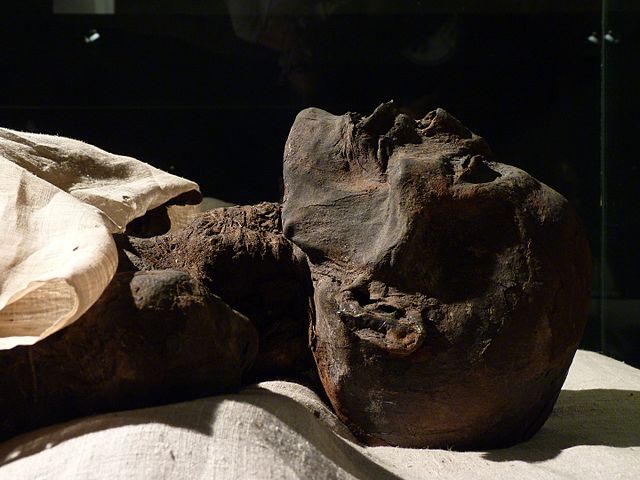Mummies are preserved human or animal bodies that have been intentionally desiccated or otherwise protected from decay. They hold a significant place in the history of various civilizations and have played a role in unraveling ancient secrets. Here’s a brief overview of the history and origins of mummies:
1. Ancient Egypt:
- The most famous mummies are from ancient Egypt, where the practice of mummification dates back over 4,000 years. Egyptians believed in an afterlife, and mummification was a way to preserve the body for the journey to the next world.
- The process of mummification involved removing internal organs, treating the body with preservatives, and wrapping it in linen bandages. Notable examples include the pharaohs like Tutankhamun and Ramses II.

2. Prehistoric Mummies:
- Mummification practices are not unique to Egypt. Prehistoric mummies have been discovered in other parts of the world, such as the Chinchorro mummies in South America, which date back to 7000 BCE, making them among the oldest mummies ever found.
3. China:
- China has its own tradition of mummification, with some regions practicing a form of mummification that involved air-drying or smoking the bodies.
4. South America:
- In addition to the Chinchorro mummies, other South American cultures, like the Inca, practiced mummification. They believed mummies connected the living and the dead.
5. Europe:
- In Europe, bog bodies have been discovered in peat bogs. These naturally preserved bodies provide insights into Iron Age and prehistoric societies.
6. Asia:
- Mummies have been found in various parts of Asia, including Mongolia and Siberia, where cold and dry conditions naturally preserved some ancient bodies.
7. Modern Mummies:
- In some cases, modern embalming techniques, while different from historical methods, can also be considered a form of mummification.
8. Scientific Insights:
- The study of mummies has provided valuable insights into ancient civilizations, including their customs, beliefs, health, and even diet. Modern scientific techniques, such as DNA analysis and radiography, have allowed researchers to learn more about mummies without damaging them.
9. Cultural Significance:
- Mummies continue to hold cultural and historical significance, inspiring fascination and study. They have been featured in museums, literature, and popular culture.
Mummies serve as a window into the past, shedding light on the beliefs, customs, and daily life of ancient civilizations. The history and origins of mummies continue to be a subject of archaeological and scientific exploration, as they provide a unique opportunity to unravel the mysteries of our human heritage.











